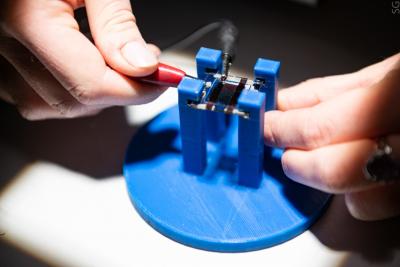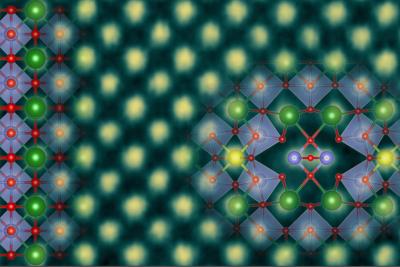Researchers provide insights into ways to improve the fundamental durability and stability of perovskite PV modules
Hunt Perovskite Technologies (HPT) recently announced the publication of its scientific article, jointly written with Colorado School of Mines and the United States Department of Energy's National Renewable Energy Laboratory.
In the article, the scientists identify and analyze the importance of perovskite thin film stoichiometry to its durability and the possible mechanisms that lead to rapid degradation of certain perovskite materials designed for use in the manufacture of photovoltaic (PV) solar cells. Their results provide key insights into ways to improve the fundamental durability and stability of perovskite PV modules.



